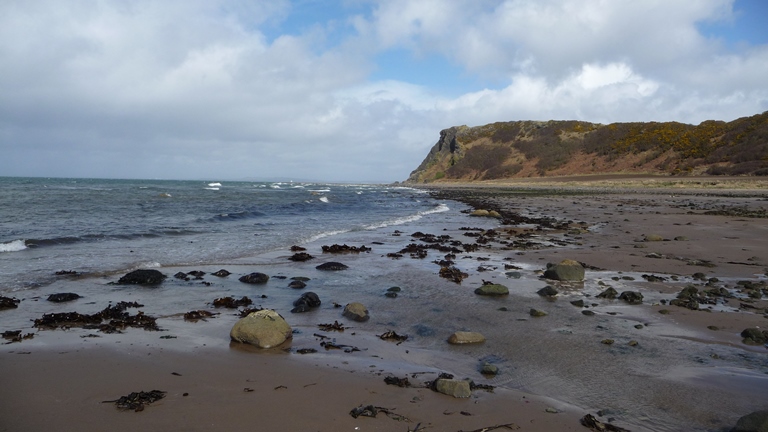
A team of researchers, led by scientists at the University of Stirling, has developed guidance to help policy makers evaluate new methods for monitoring levels of microbial pollution in bathing water.
The guidance, published this week, points to the need for caution when considering any future shift away from the current methods used to measure bathing water pollution - methods which are legislated for in the EU Bathing Water Directive (2006).
The researchers created the guidance as part of an 18-month research project funded by the Natural Environment Research Council (NERC), entitled ‘Delivering healthy water: building the science-policy interface to protect bathing water quality’.
The guidance was developed through the establishment of a working group, bringing together scientists from the Universities of Stirling, Aberystwyth and Lancaster as well as representatives from a consortium of stakeholder organisations, including Defra, Surfers Against Sewage, the Environment Agency, UK Water Industry Research and SEPA. It also involved wider collaboration with 37 international experts from across Europe and the USA.
The project’s lead investigator, Dr David Oliver from Stirling’s School of Natural Sciences says: “The EU Bathing Water Directive is a piece of legislation people can relate to, which can impact on tourism and local economies and which is well publicised through beach award schemes.
“However, it also generates a number of interesting debates across the scientific, regulatory and policy communities – one being the suitability of methods currently used to determine microbial water quality at bathing beaches.”
Across the UK, environmental agencies monitor pollution at beaches from sources like sewers and animal faeces to identify whether levels of certain microorganisms in the water indicate an increased risk of infection or illness to bathers.
The current approach to quantifying pollution at designated bathing waters is based on growing bacteria on an agar plate and takes approximately 24 to 28 hours, but newer methods using molecular capability have the potential to provide results more rapidly.
Dr Oliver says: “The newer quantitative molecular tools offer a much faster approach. However, the reason why existing policy frameworks around the world are based on slower, traditional culture-based methods, is that these methods are underpinned by rigorous science, reproducibility of results and an epidemiological evidence-base.
“Any transition from ‘tried and tested’ to ‘emerging and novel’ approaches, without a coordinated exchange of knowledge among different stakeholders, science providers and users, and without proper consideration of the advantages and limitations, would reinforce rather than bridge the science-policy divide.”
He adds: “This project gave us scope to establish an international cross-disciplinary network, to examine current and emerging technologies and debate the risks and benefits of any future transition in the methods used in the EU.
“Our working group comprised a diverse cross section of the scientific community, stakeholder groups and science users, so the guidance created is representative of a comprehensive range of positions, views, knowledge and expertise”.
The University of Stirling’s Dr Melanie van Niekerk, Knowledge Exchange facilitator on the project says: “The newer molecular approaches are yet to offer a silver bullet to the measurement of microbial water quality.
“However the guidance we have produced, in the form of briefing papers and a Decision Making Framework, will help policy makers enormously - by providing them with an invaluable toolkit for supporting debate around the suitability of emerging technologies and potential policy change, and identifying the range of possible impacts for the public and coastal communities.”
- The project ran from October 2011 through to June 2013 and involved a total of 37 experts from across 23 organisations who contributed to an international workshop series.
- The project was led by Stirling’s Dr David Oliver and Dr Melanie van Niekerk, in collaboration with Professor David Kay (Centre for Research into Environment & Health, University of Wales) and Professor Louise Heathwaite (Lancaster University).
- The briefing papers and decision making framework can be downloaded from the Delivering Healthy Water website: www.deliveringhealthywater.net.
